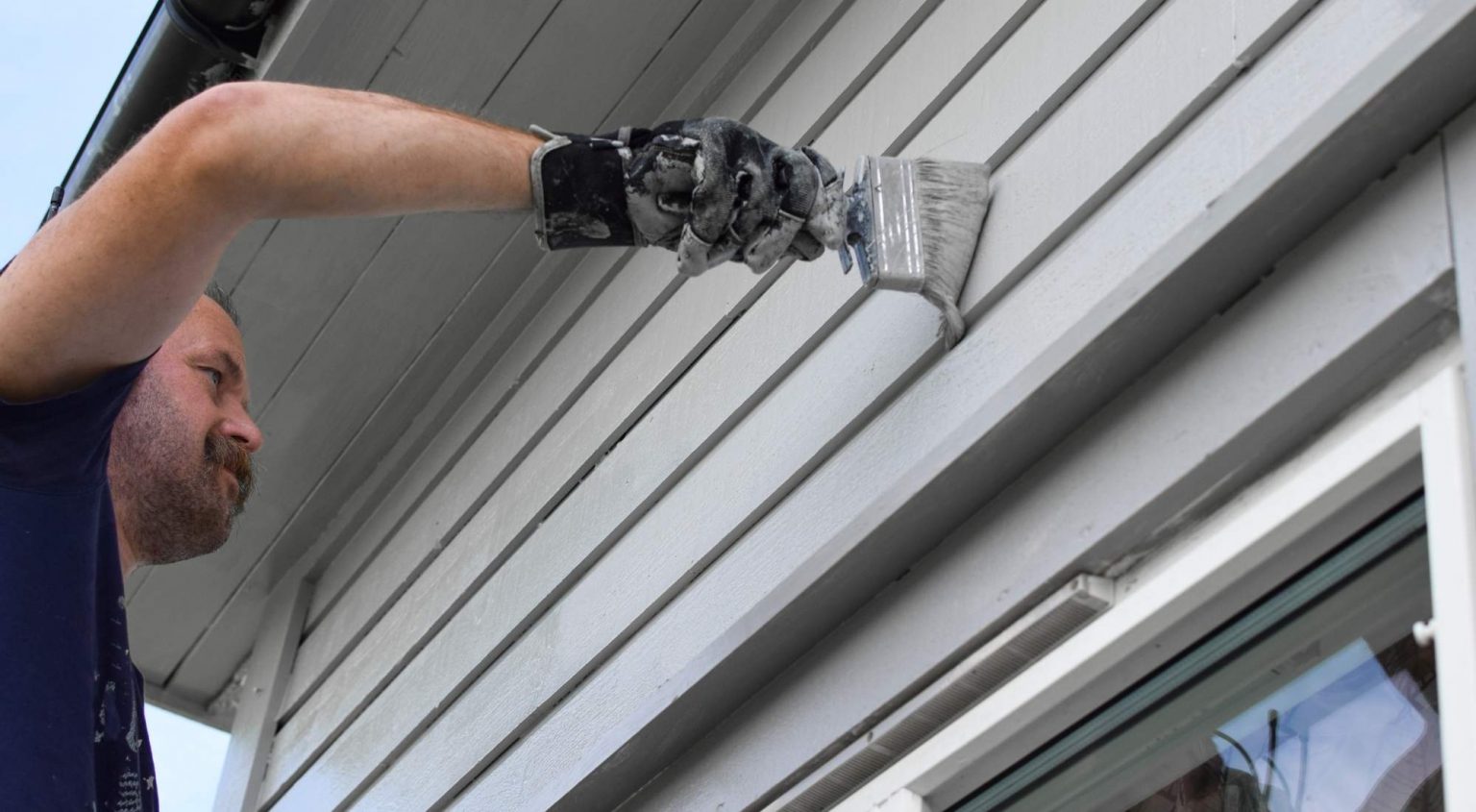

Articles
What Kind Of Paint Do You Use On Vinyl Siding
Modified: December 7, 2023
Discover the best articles about what kind of paint to use on vinyl siding to help you achieve a professional and long-lasting finish for your home exterior.
(Many of the links in this article redirect to a specific reviewed product. Your purchase of these products through affiliate links helps to generate commission for Storables.com, at no extra cost. Learn more)
Introduction
When it comes to home improvement, painting can make a world of difference in transforming the appearance of your house. Vinyl siding is a popular choice for many homeowners due to its durability, low maintenance, and cost-effectiveness. However, over time, the color of vinyl siding might fade or become outdated, prompting homeowners to consider painting it.
Painting vinyl siding can not only breathe new life into your home’s exterior but also add curb appeal and increase its value. However, before you start slapping paint on your vinyl siding, it’s crucial to understand the factors to consider, the preparation required, and the type of paint suitable for vinyl surfaces.
In this article, we will explore the essential considerations, step-by-step instructions, and helpful tips to ensure a successful vinyl siding painting project.
Key Takeaways:
- Proper preparation, including cleaning, repairing, and priming, is crucial for a successful vinyl siding painting project. Choosing the right type of paint, considering climate and color, and following step-by-step instructions are essential for achieving a professional finish.
- When painting vinyl siding, it’s important to adhere to manufacturer’s guidelines, consider the impact of climate and color choice, and follow best practices for surface preparation and painting techniques. Regular maintenance and periodic inspections will help maintain the longevity of the paint job.
Read more: What Do You Use To Cut Vinyl Siding
Factors to Consider Before Painting Vinyl Siding
Before you begin your vinyl siding painting project, there are several factors you need to take into consideration to ensure the best results:
- Manufacturer’s Warranty: Check if your vinyl siding has any active warranty. Painting vinyl siding might void the warranty, so it’s important to read the manufacturer’s guidelines or contact them directly for their recommendations.
- Condition of the Vinyl Siding: Inspect your vinyl siding for any signs of damage, such as cracks, warping, or loose panels. If your siding is in poor condition, it may be better to repair or replace it instead of painting.
- Climate: Consider the climate in your region. Extreme temperatures, humidity, and exposure to the elements can affect the longevity and performance of the paint on vinyl siding. Choose a paint that is specifically formulated for your climate conditions.
- Color Choice: Decide on the color you want to use for your vinyl siding. Darker colors may absorb more heat, which can lead to warping or damage to the siding. Lighter colors, on the other hand, may help reflect heat and prevent any potential issues.
- Neighborhood Guidelines: Some neighborhoods or homeowner associations may have specific guidelines or restrictions regarding exterior paint colors. Be sure to check with your community’s guidelines before proceeding with your chosen color.
By considering these factors, you can ensure that you are making an informed decision and setting yourself up for a successful vinyl siding painting project.
Preparing Vinyl Siding for Painting
Proper preparation is key to achieving a long-lasting and professional-looking finish when painting vinyl siding. Follow these steps to prepare your vinyl siding before painting:
- Clean the Surface: Start by thoroughly cleaning the vinyl siding to remove dirt, grime, and any mildew or mold. You can use a soft brush or a pressure washer with a mild detergent solution to clean the surface. Rinse off any soap residue and allow the siding to dry completely.
- Inspect for Damage: Take the time to carefully inspect the vinyl siding for any cracks, holes, or areas of damage. Repair any damaged areas using appropriate vinyl siding repair materials. This step is crucial to ensure a smooth and even surface for painting.
- Sand the Surface: Use a fine-grit sandpaper or a sanding block to lightly sand the entire surface of the vinyl siding. This step helps to remove any gloss or sheen from the siding, allowing the paint to adhere better. Be gentle while sanding to avoid damaging the siding.
- Apply Primer: Applying a high-quality primer designed for vinyl surfaces is important to promote adhesion and improve the durability of the paint. Be sure to choose a primer that is compatible with the type of paint you will be using. Apply the primer evenly across the entire surface and allow it to dry according to the manufacturer’s instructions.
- Protect the Surrounding Areas: Before you start painting, protect any nearby areas, such as windows, doors, and trim, by covering them with plastic or masking tape. This will prevent accidental paint splatters or drips from marring these surfaces.
- Check the Weather: Pay attention to the weather forecast when planning your painting project. Avoid painting in extreme temperatures, high humidity, or on very windy days. Ideally, choose a day with mild temperatures and low humidity to allow for optimal paint application and drying.
By following these preparation steps, you will ensure a clean, smooth, and well-prepared surface for painting your vinyl siding.
Choosing the Right Type of Paint for Vinyl Siding
When it comes to painting vinyl siding, selecting the right type of paint is crucial for achieving a professional finish and ensuring the longevity of the paint job. Here are some factors to consider when choosing the paint for your vinyl siding:
- Acrylic Latex Paint: Opt for a high-quality exterior acrylic latex paint that is specifically formulated for vinyl surfaces. Acrylic latex paint provides excellent adhesion, flexibility, and resistance to fading and cracking. It also allows for easy cleanup with soap and water.
- Light Reflective Value (LRV): Consider the LRV of the paint color you choose. LRV measures the amount of light a color reflects and can affect the siding’s ability to withstand heat. For optimal performance, opt for lighter colors with a higher LRV to reflect more heat and prevent potential warping or damage to the vinyl siding.
- Satin or Eggshell Finish: Select a paint finish that is suitable for exterior surfaces, such as satin or eggshell. These finishes provide a subtle sheen and offer good durability and resistance to dirt, mildew, and fading. Avoid using a gloss finish, as it can make imperfections in the vinyl siding more noticeable.
- UV Protection: Look for a paint that offers UV protection to prevent the color from fading over time. UV-resistant paints help maintain the vibrancy and integrity of the color, ensuring that your vinyl siding looks fresh and vibrant for years to come.
- Quality and Brand: Invest in a reputable paint brand known for its quality and durability. Quality paints are more likely to provide better coverage, color retention, and longevity. Read reviews, consult professionals, and choose a reputable brand that offers a warranty on their paint products.
Remember, proper surface preparation, the right type of paint, and following the manufacturer’s instructions are essential for achieving the best results when painting vinyl siding. Take the time to research and choose a paint that meets your needs and ensures a beautiful and long-lasting finish on your vinyl siding.
When painting vinyl siding, it’s important to use a high-quality exterior acrylic latex paint. Look for a paint specifically designed for use on vinyl and follow the manufacturer’s instructions for best results.
Steps to Paint Vinyl Siding Properly
Painting vinyl siding requires careful attention to detail and a systematic approach. Follow these steps to ensure a proper paint job on your vinyl siding:
- Prepare the Work Area: Clear the area around the vinyl siding, removing any obstacles and covering nearby plants or surfaces that you want to protect from paint drips or splatters.
- Apply a Coat of Primer: If you haven’t already applied a primer during the preparation stage, start by applying a coat of primer designed for vinyl surfaces. Use a brush or roller to apply the primer evenly, following the manufacturer’s instructions. Allow the primer to dry completely.
- Choose an Appropriate Weather: Select a day with mild temperatures, low humidity, and minimal wind. Extreme weather conditions can affect the paint application and drying process.
- Start Painting from Top to Bottom: Begin painting from the top of the vinyl siding and work your way down. This helps prevent paint drips or streaks on areas that have already been painted. Use a brush or roller to apply the paint in even, smooth strokes.
- Work in Small Sections: Divide the vinyl siding into manageable sections, such as one panel or a few rows at a time. This allows you to focus on each section without rushing and ensures consistent coverage.
- Overlap Each Stroke: When applying the paint, slightly overlap each stroke to create a seamless and even finish. This helps avoid visible brush or roller marks and ensures consistent color coverage.
- Allow Sufficient Drying Time: Follow the manufacturer’s instructions for drying time between coats, if applicable. It’s essential to allow sufficient drying time to ensure the paint adheres properly and to prevent any smudging or damage.
- Apply Multiple Coats if Needed: Depending on the color you’re using and the desired coverage, you may need to apply multiple coats of paint. Allow each coat to dry completely before applying the next one.
- Clean Up and Inspect: Once you’ve finished painting, clean your brushes, rollers, and other tools according to the paint manufacturer’s instructions. Take the time to inspect the painted vinyl siding for any missed spots or imperfections and touch up as needed.
- Allow Ample Drying Time: Finally, allow ample drying time for the paint to fully cure before exposing it to any moisture or harsh weather conditions. This ensures the paint sets and provides long-lasting protection and beauty to your vinyl siding.
By following these steps, you can achieve a professional-looking paint job on your vinyl siding and enjoy a fresh, updated exterior for your home.
Read more: What Kind Of Nails Do You Use For Siding
Tips for Successful Vinyl Siding Painting
Painting vinyl siding can be a rewarding and transformative project for your home’s exterior. To ensure a successful and long-lasting finish, consider the following tips:
- Choose the Right Time: Plan your vinyl siding painting project for a time when the weather is dry and mild. Avoid painting in extreme temperatures or when rain is in the forecast, as it can impact the paint’s application and drying process.
- Proper Ventilation: Ensure proper ventilation by opening windows and doors or using fans in the area where you are painting. This helps with air circulation and speeds up the drying process.
- Use High-Quality Materials: Invest in high-quality paint, brushes, and rollers. Quality materials result in a better finish and provide durability and longevity to your vinyl siding.
- Protect Surrounding Surfaces: Cover windows, doors, and any other surfaces you want to keep paint-free with plastic or painter’s tape. This prevents accidental paint splatters and makes for easier cleanup.
- Apply Thin Coats: Rather than applying thick coats of paint, which can lead to drips and uneven coverage, apply thin and even layers. This ensures a smoother and more professional finish.
- Follow the Instruction: Read and follow the manufacturer’s instructions on the paint can regarding mixing, application, and drying times. Each paint brand may have specific recommendations for best results.
- Consider a Lighter Color: Lighter colors reflect heat and can reduce the chances of warping or damage to the vinyl siding. Consider choosing a lighter shade to protect the integrity of the siding.
- Avoid Direct Sunlight: Try to paint vinyl siding when it is not in direct sunlight. Direct sunlight can cause the paint to dry too quickly, leading to potential issues with adhesion and an uneven finish.
- Inspect Regularly: Regularly inspect your painted vinyl siding for any signs of damage, such as peeling or cracking. Address any issues promptly to maintain the integrity and aesthetic appeal of your siding.
- Maintain Your Painted Vinyl Siding: To extend the life of your paint job, clean your vinyl siding periodically using a gentle detergent and a soft brush or sponge. This helps remove dirt and maintains the appearance of your painted surface.
By following these tips, you can ensure a successful vinyl siding painting project and enjoy a beautifully revitalized exterior for your home.
Frequently Asked Questions about Painting Vinyl Siding
Below are some commonly asked questions about painting vinyl siding:
- Can you paint vinyl siding?
Yes, you can paint vinyl siding. However, it’s essential to follow proper preparation and painting techniques to ensure a successful and long-lasting finish. - Do I need to prime vinyl siding before painting?
While not always necessary, applying a coat of primer specifically formulated for vinyl surfaces can promote adhesion and enhance the durability of the paint. Primer also helps in providing a smoother surface for the paint to adhere to. - What type of paint should I use on vinyl siding?
It is recommended to use a high-quality exterior acrylic latex paint that is specifically formulated for vinyl surfaces. Opt for a paint with UV protection and a light-reflective value (LRV) suitable for your climate. - Can I paint vinyl siding a darker color?
While it is technically possible to paint vinyl siding a darker color, it is important to consider the risk of heat absorption. Darker colors may absorb more heat, which can cause warping or damage to the siding. It is generally recommended to choose lighter colors for vinyl siding to reflect heat. - Can I pressure wash vinyl siding before painting?
Yes, pressure washing vinyl siding before painting is a common practice. It helps remove dirt, grime, and loose debris, creating a clean surface for the paint to adhere to. Just make sure to allow the siding to dry completely before painting. - How long does paint on vinyl siding last?
The longevity of paint on vinyl siding varies depending on factors such as climate, the quality of paint used, and proper maintenance. In general, well-painted vinyl siding can last around 10-20 years before it may need repainting. - Can I paint over existing vinyl siding color?
Yes, you can paint over the existing color of vinyl siding. However, keep in mind that the existing color may affect the final appearance, and you may need additional coats of paint to achieve the desired color and coverage. - Is it better to hire a professional to paint vinyl siding?
While painting vinyl siding can be a DIY project, hiring a professional can ensure a high-quality and efficient job. Professionals have the experience, tools, and knowledge to properly prepare and paint vinyl siding, providing superior results. - Can I change the color of my vinyl siding?
Yes, painting vinyl siding allows you to change the color of your home’s exterior. However, keep in mind that it can be challenging to go from a darker color to a lighter one due to the risk of heat absorption. Proper surface preparation and choosing the right paint are key to a successful color change.
If you have any other questions or concerns about painting vinyl siding, it is advisable to consult with a professional painter or refer to the paint manufacturer’s guidelines for specific instructions and recommendations.
Conclusion
Painting vinyl siding can be a fantastic way to revive the look of your home’s exterior, increase curb appeal, and add value to your property. By considering the factors discussed, properly preparing the surface, choosing the right type of paint, following the necessary steps, and implementing the helpful tips, you can achieve a successful and long-lasting paint job on your vinyl siding.
Remember to assess the condition of the siding, check for any warranties, and consider the climate and color choice before starting the painting process. Thoroughly clean and inspect the siding, apply any necessary repairs, and sand the surface to ensure proper adhesion. Use a high-quality acrylic latex paint designed for vinyl surfaces, with a lighter shade and suitable finish. Take your time to apply thin coats, work in small sections, and allow sufficient drying time between coats.
Following these guidelines will help you achieve a professional-looking finish and ensure the durability of the paint on your vinyl siding. Regular maintenance and periodic inspections will extend the lifespan of your paint job and keep your home looking fresh and vibrant for years to come.
If you’re unsure or uncomfortable with the process, consider hiring a professional painter who specializes in vinyl siding to ensure a flawless and efficient outcome.
Now that you have the knowledge and guidance to tackle your vinyl siding painting project, it’s time to bring your vision to life and give your home a stunning new look!
Frequently Asked Questions about What Kind Of Paint Do You Use On Vinyl Siding
Was this page helpful?
At Storables.com, we guarantee accurate and reliable information. Our content, validated by Expert Board Contributors, is crafted following stringent Editorial Policies. We're committed to providing you with well-researched, expert-backed insights for all your informational needs.
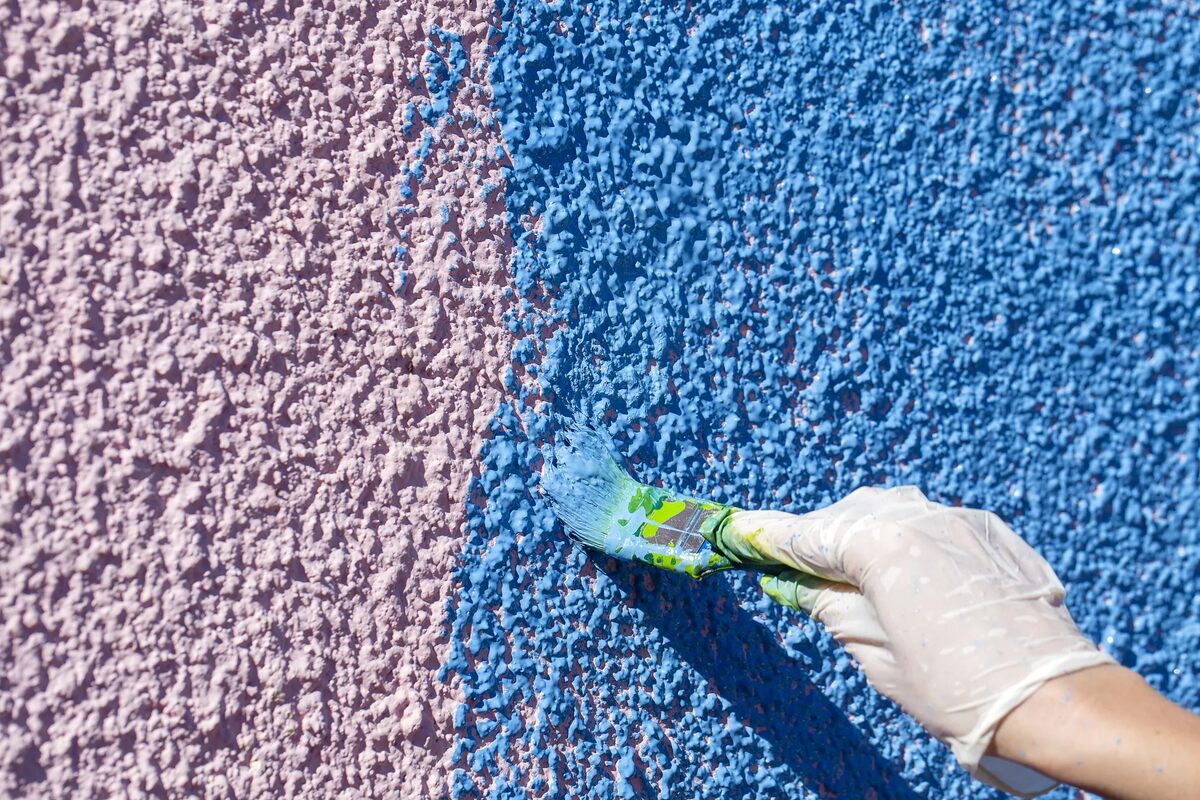
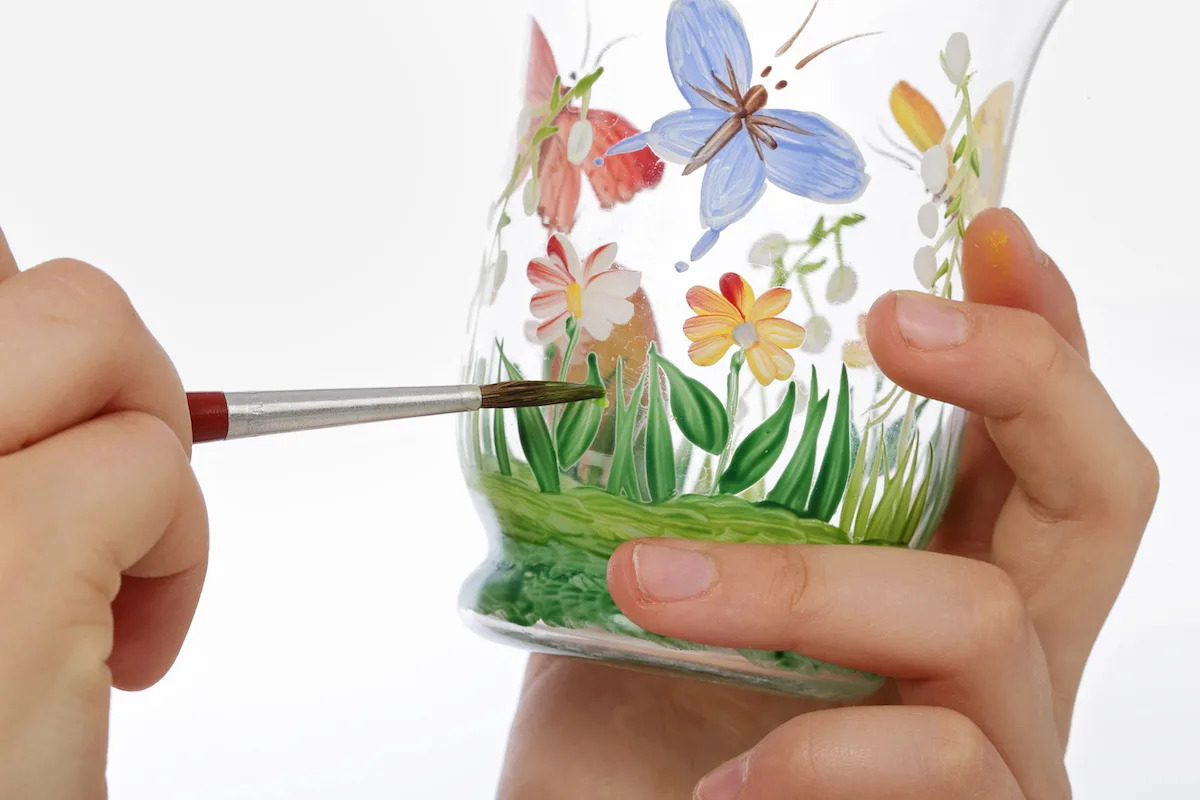

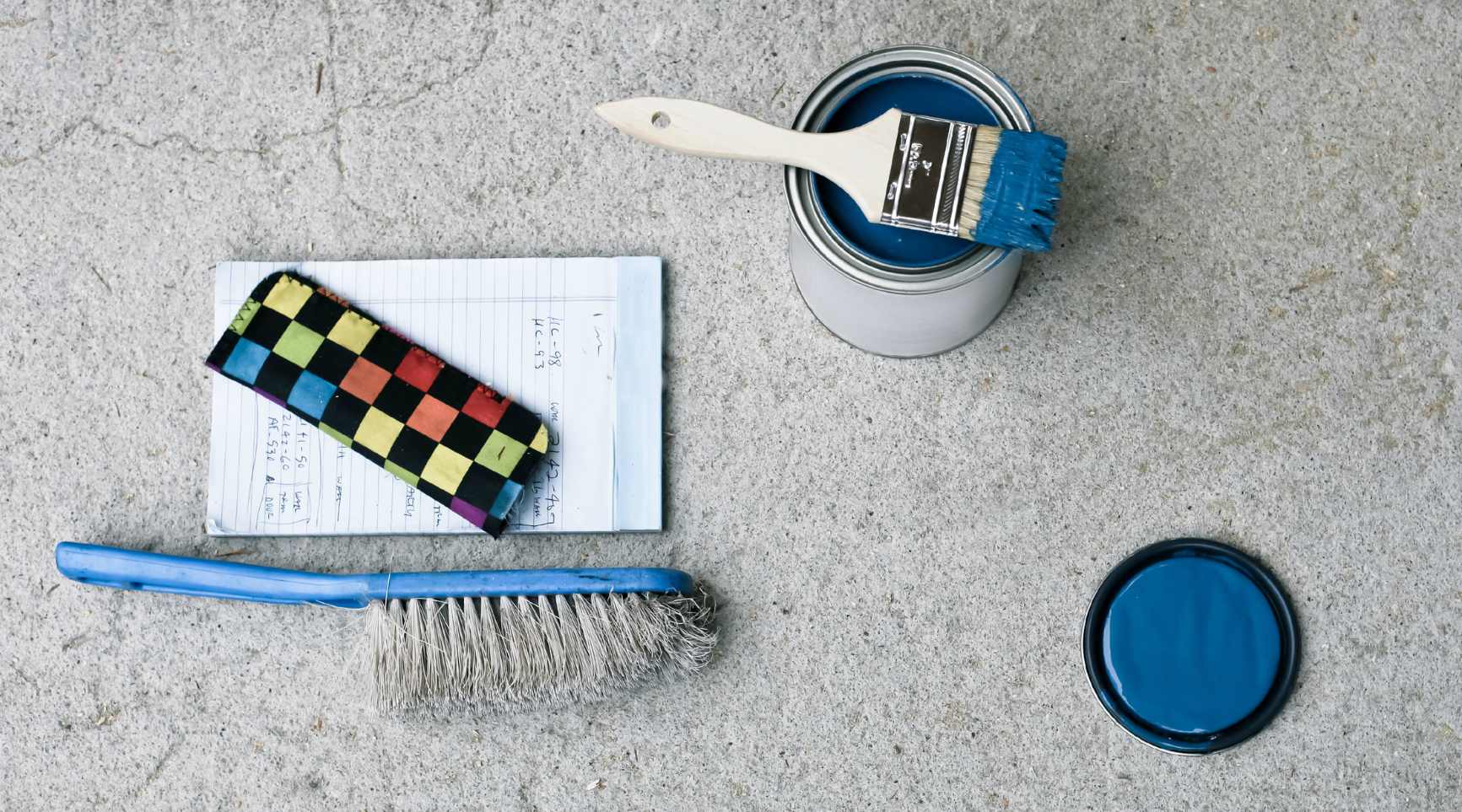


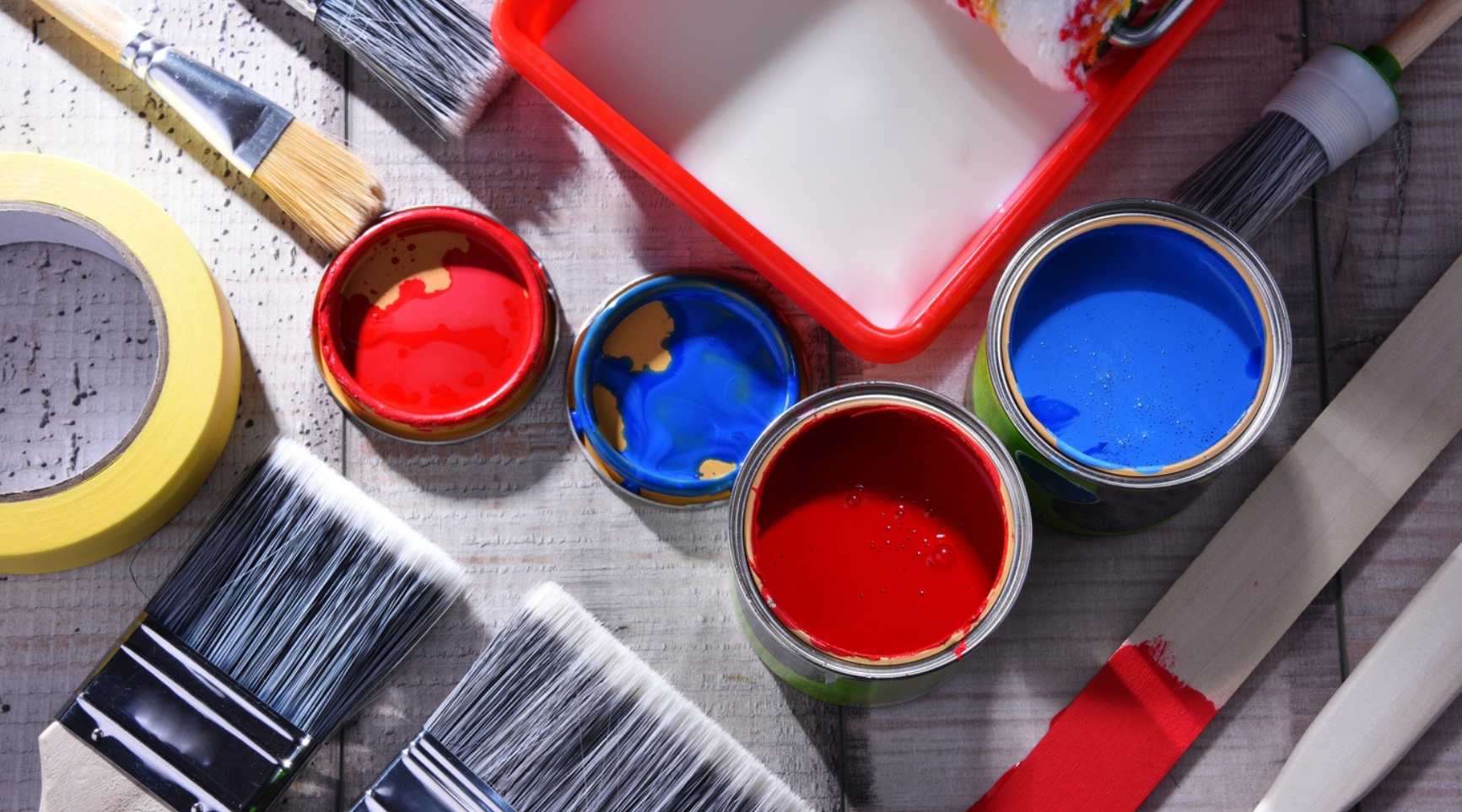
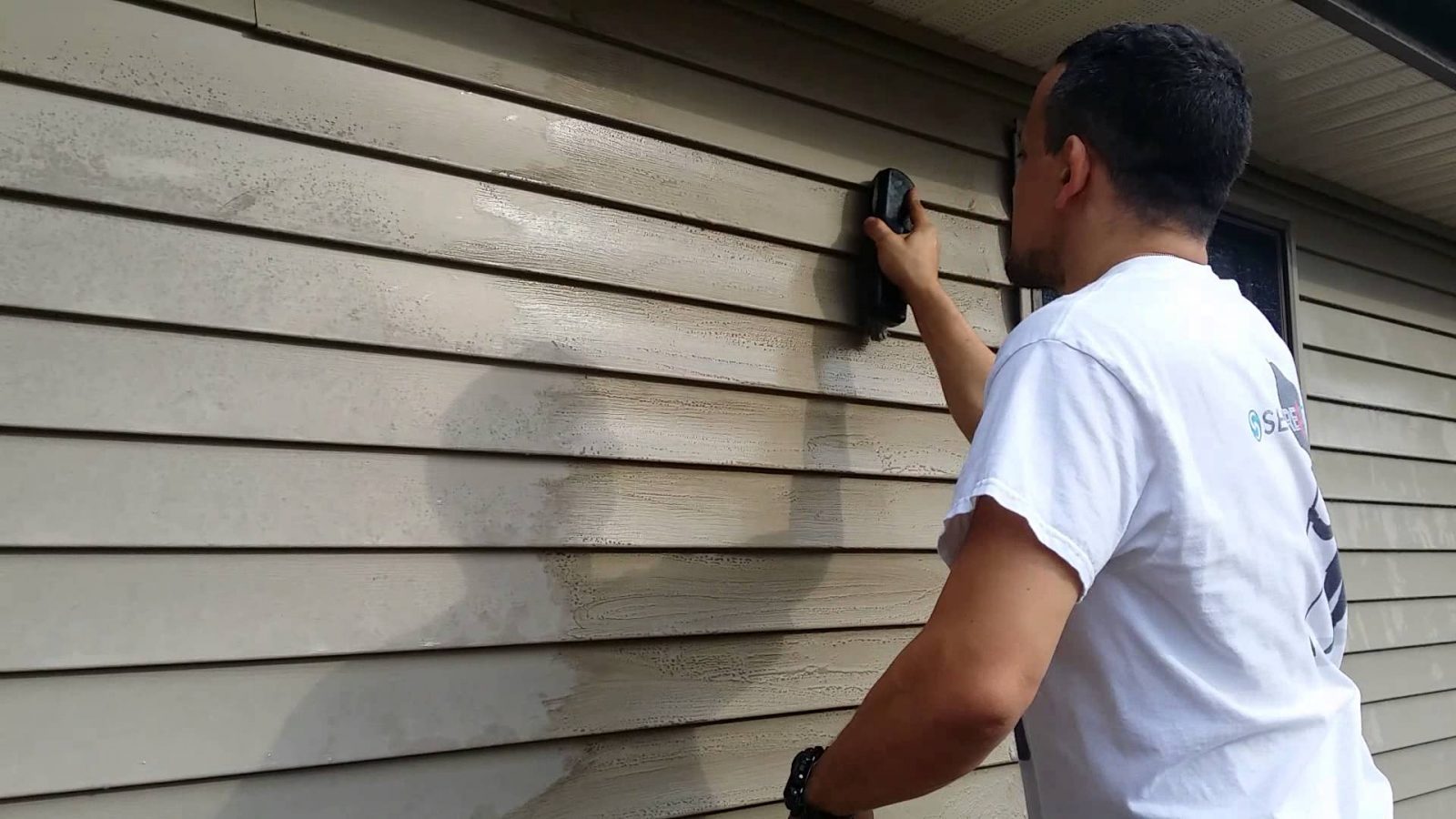


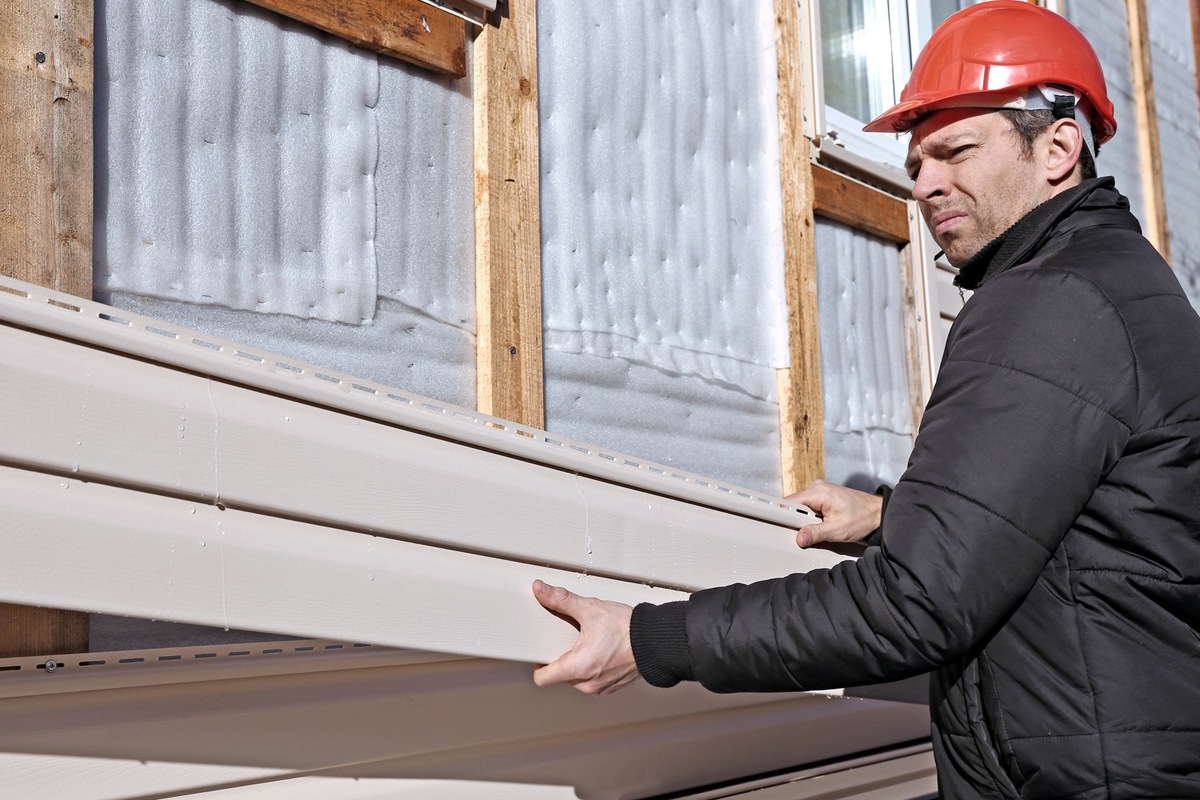
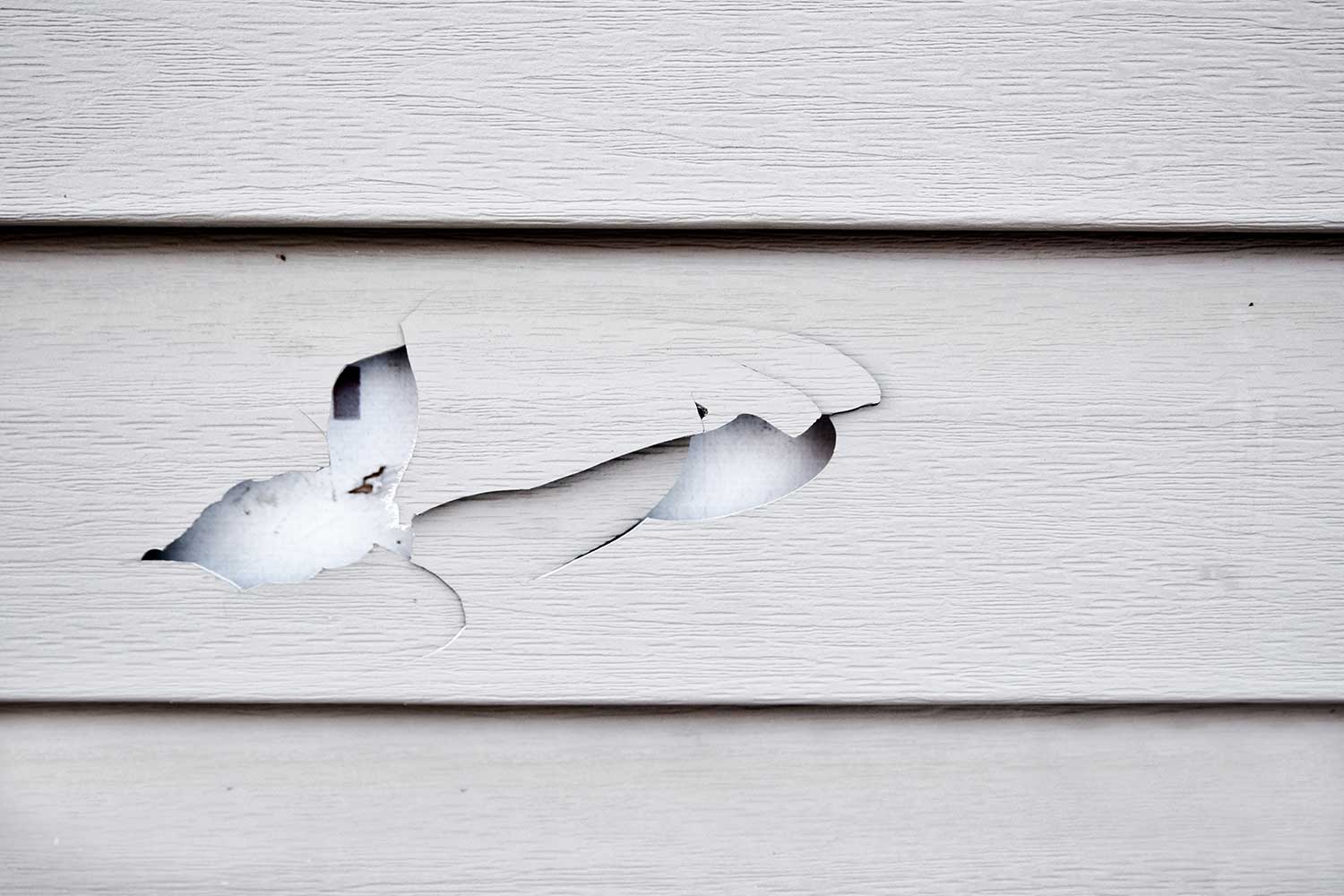

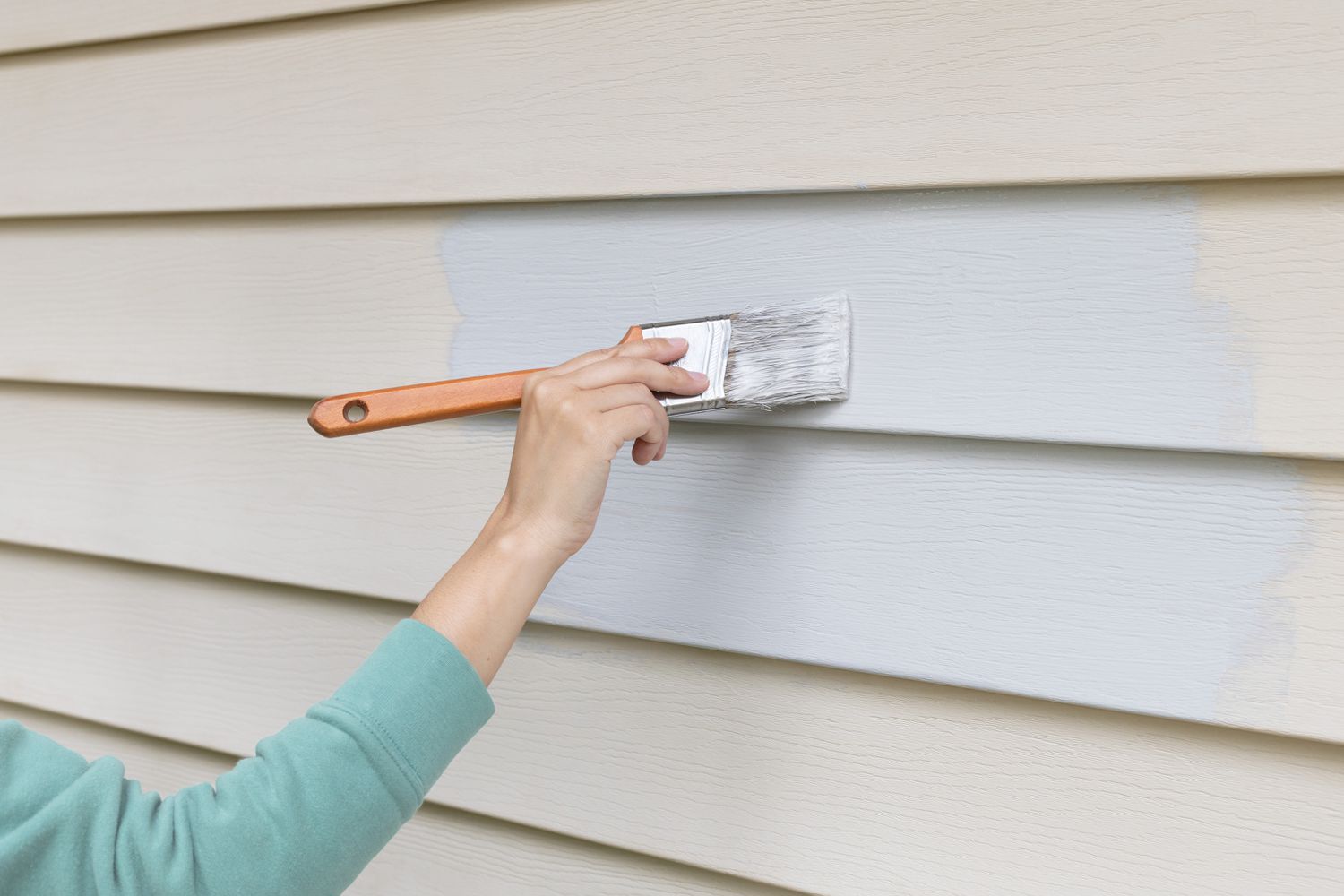

0 thoughts on “What Kind Of Paint Do You Use On Vinyl Siding”